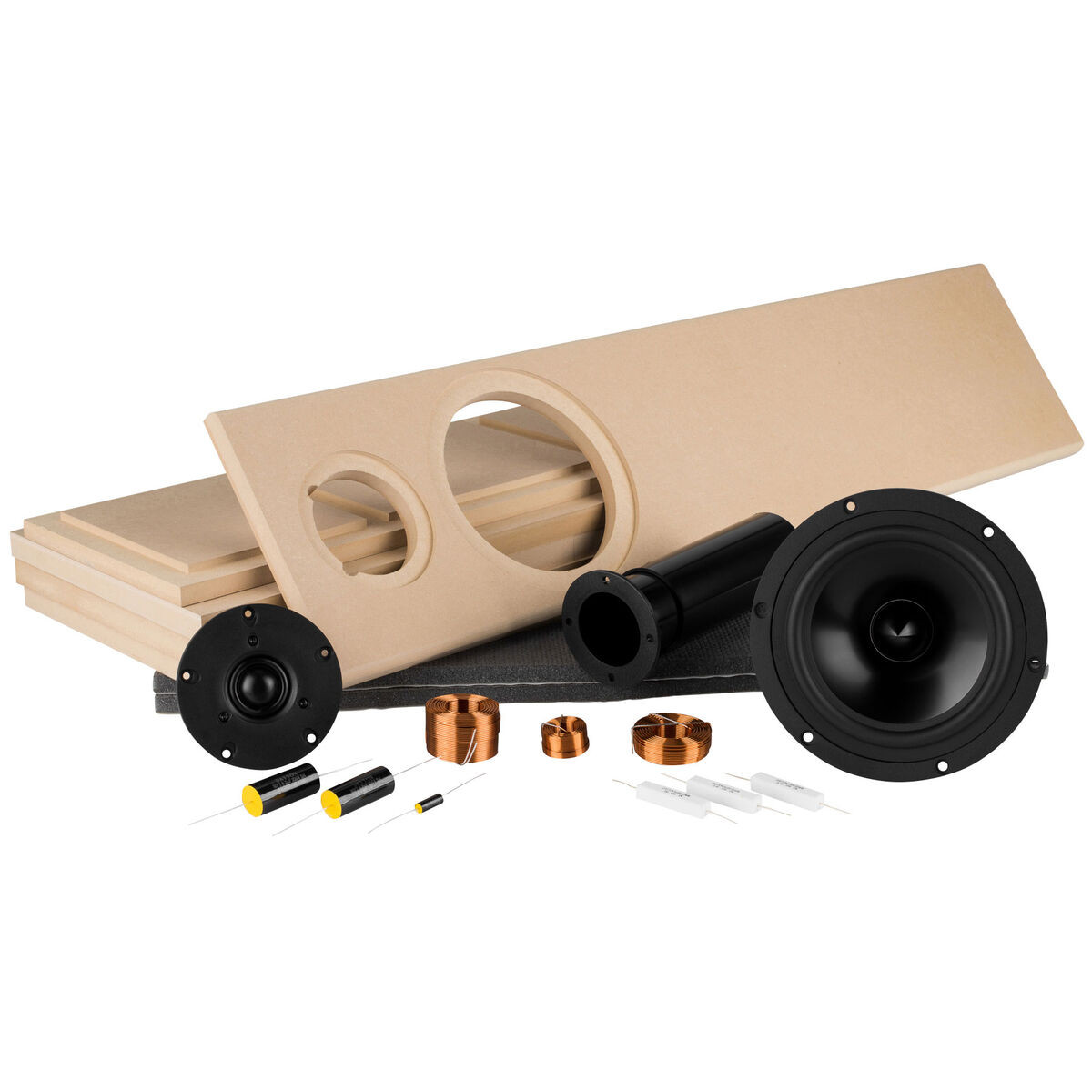The first iteration of Dayton RS180 (woofer for the Amiga) came out around the time I got seriously into DIY speakers. From about 2007 there was about a 5 year run in which most of the best bang-for-the-buck DIY designs used Dayton RS series woofers, so I've heard quite a few similar designs. The best use of the RS180 was to cross to the tweeter as low as possible. The Amiga crosses at 2 kHz, which is pushing the RS180 a little above its ideal range. Rick is also correct that the bass from the RS180, while extending pretty low, somehow seems a bit underwhelming... From 100 Hz to 1,000 Hz, the RS180 is a great driver. The further you get away from that range, the more you are giving up in terms of distortion.
For not too much more money, there is the diysoundgroup.com Apollo MT kit (another two-way design with a 7" aluminum cone woofer). It offers much stronger bass, a better tweeter, but has even lower sensitivity and a standmount cabinet, which may be a plus or minus depending on your application.
I've run some of my small 3-way designs head to head against another RS180-based design, the Modula MT that my brother has a pair of. The small 3-ways, including the modified HiVi DIY 3.1 reviewed here, all win out in the midrange (more detail, but also more relaxed due to less of a directivity error at the low end of the tweeter range and lower midrange distortion). The Apollo MT addresses that issue as well with a waveguided tweeter. The Amiga, according to the designer's site, deals with it by having a considerable on axis dip between 2 and 3 kHz. This will get rid of excess sibilance, but at the expense of some detail resolution.
Rick, did you have some other designs in mind?
Amir raised Olive in response to my post about Toole, not the other way around.
